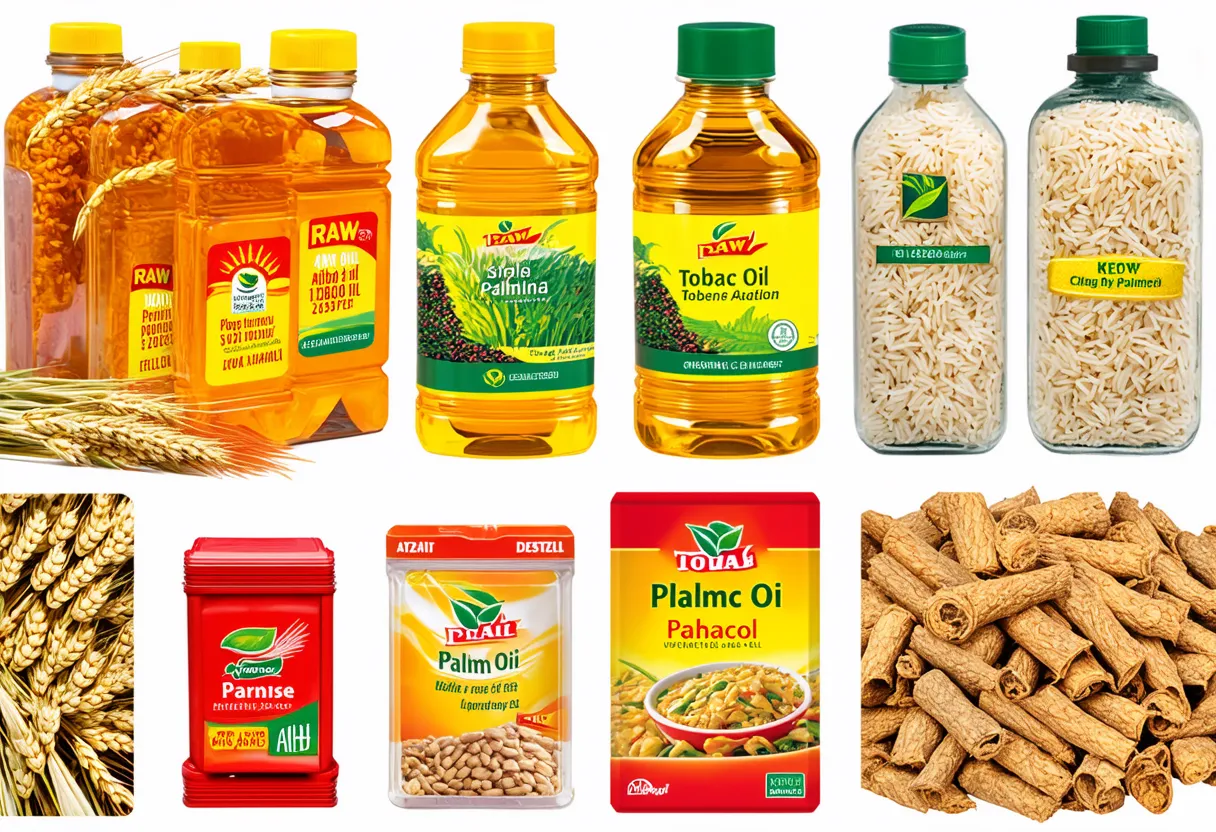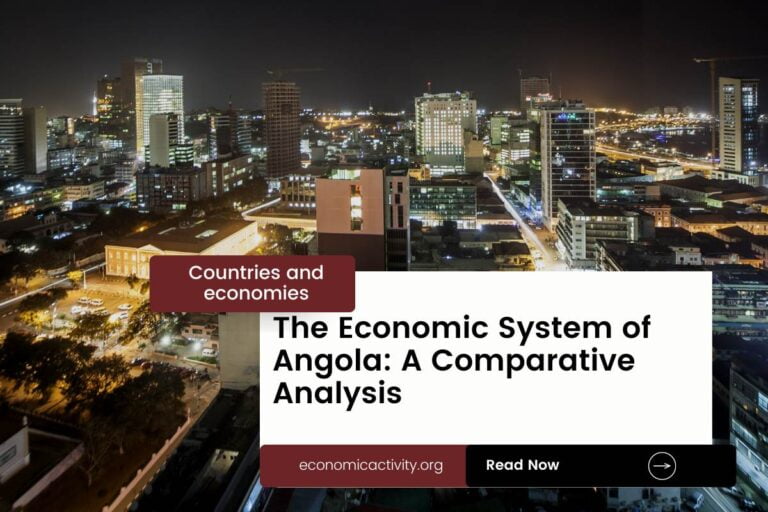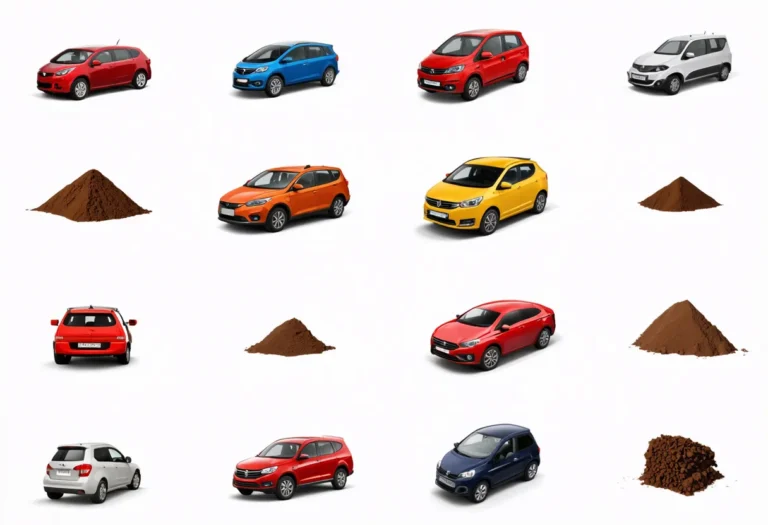Afghanistan, with a population of 41,128,771, is ranked 35th in the world, just behind Iraq. Located in South Asia, it covers a total area of 652,860 square kilometers, ranking 39th globally, just below Myanmar.
Afghanistan’s economic position in 2022 shows a GDP of $14.58 billion, ranking 133rd globally. It falls behind Guyana, with a GDP of $14.72 billion. The GDP per capita for Afghanistan is $355.8, placing it at 186th position.
It lags behind the Central African Republic, with a GDP per capita of $427.05. Despite facing challenges, Afghanistan is striving to improve its economic standing and enhance the well-being of its citizens.
What are the economic activities of Afghanistan?
- Primary activities: 23% of GDP.
- Secondary activities: 21.1% of GDP.
- Tertiary activities: 55.9% of GDP.

Primary Sector of Afghanistan
Afghanistan’s primary sector, particularly agriculture, thrives due to its diverse climate and rich natural resources. With 58.74% of the land dedicated to agriculture, the country produces a variety of crops, including wheat, milk, watermelons, grapes, potatoes, cantaloupes, vegetables, rice, onions, and apples.
Despite agriculture contributing 23% to the GDP, its significance lies in the variety and abundance of agricultural products. This sector sustains livelihoods and provides essential food supplies, showcasing the importance of agriculture to Afghanistan’s economy.
The country’s diverse geological landscape provides a rich array of natural resources. These include natural gas, petroleum, coal, copper, chromite, and more. These resources play a vital role in the economy, contributing to sectors such as mining, energy, and agriculture. Additionally, the abundance of arable land supports the agricultural industry, further boosting the economy.
Afghanistan’s natural gas production in 2020 reached 165 million m³, ranking 79th globally. This production fuels economic growth and development in sectors such as energy and manufacturing.
Secondary Sector of Afghanistan
What is the secondary sector or what are secondary activities?
The secondary sector involves industries that transform raw materials into finished products for consumption. In Afghanistan, industrial products include bricks, textiles, soap, furniture, shoes, fertilizer, apparel, food products, non-alcoholic beverages, mineral water, cement, handwoven carpets, natural gas, coal, and copper.
Manufactures in Afghanistan’s total exports are not significant, accounting for a small percentage in 2023. The country’s economy relies more on other sectors for export revenue.
Tertiary sector of Afghanistan
What is the tertiary sector or what are tertiary activities?
The tertiary sector in Afghanistan encompasses services that enhance productivity and meet needs through intangible goods like expertise and advice. Key activities include healthcare, education, banking, communication, transportation, and security services. These sectors play a crucial role in the country’s economic development and social well-being.
Notably, Afghanistan’s tourism industry is negligible, with only 5,200 annual arrivals in a population of over 41 million, contributing a minuscule 0.000126432175666032 arrivals per capita. This sector’s insignificance stems from political instability, security concerns, and a lack of developed infrastructure, rendering it an inconsequential economic driver for the country.
Another example of tertiary economic activity is the mobile cellular sector, with approximately 22 million subscriptions, supporting technological growth by enhancing communication, fostering innovation, and enabling digital services.
Military Activities and Economic Sectors of Afghanistan
The military is a key example of various economic activities in a country. It involves the primary sector, like resource extraction for military use. The secondary sector includes the manufacturing of military equipment. The tertiary sector covers services provided by the military, while the quaternary sector focuses on military research and development. Lastly, the quinary sector involves high-level military decision-making and strategy.
In Afghanistan, the military expenditure for 2023 is 280 million US dollars, which is 1.92% of the country’s GDP. The active military force consists of 170,000 personnel. This means there are about 4.3 active military members for every 1,000 people in the country.
International Trade of Afghanistan
Import Activities of Afghanistan

Afghanistan’s high import activities, accounting for 40.33% of GDP in 2023, are crucial for meeting domestic demand and driving economic growth.
Afghanistan’s key import activities include wheat, tobacco, palm oil, packaged medicine, and rice. Its main import partners are the UAE (21%), Kazakhstan (17%), Pakistan (17%), China (9%), and Uzbekistan (9%).
Exports Activities of Afghanistan

Afghanistan’s total exports in 2023 amounted to $1.49 billion, accounting for 10.22% of its GDP. With export activities constituting a low percentage, their importance to the country’s economy is relatively low.
Afghanistan exports coal, cotton, grapes, gum resins, and nuts. Its main export partners are Pakistan (57%), India (28%), China (3%), UAE (2%), and Turkey (2%).
Afghanistan economy challenges
Afghanistan, an extremely low-income South Asian economy, faces challenges of import drops, currency depreciation, and inflation post-Taliban takeover. Central bank reserves are dwindling, worsened by COVID impact and sanctions. Increasing Chinese trade adds complexity to the situation.




Leave a Reply